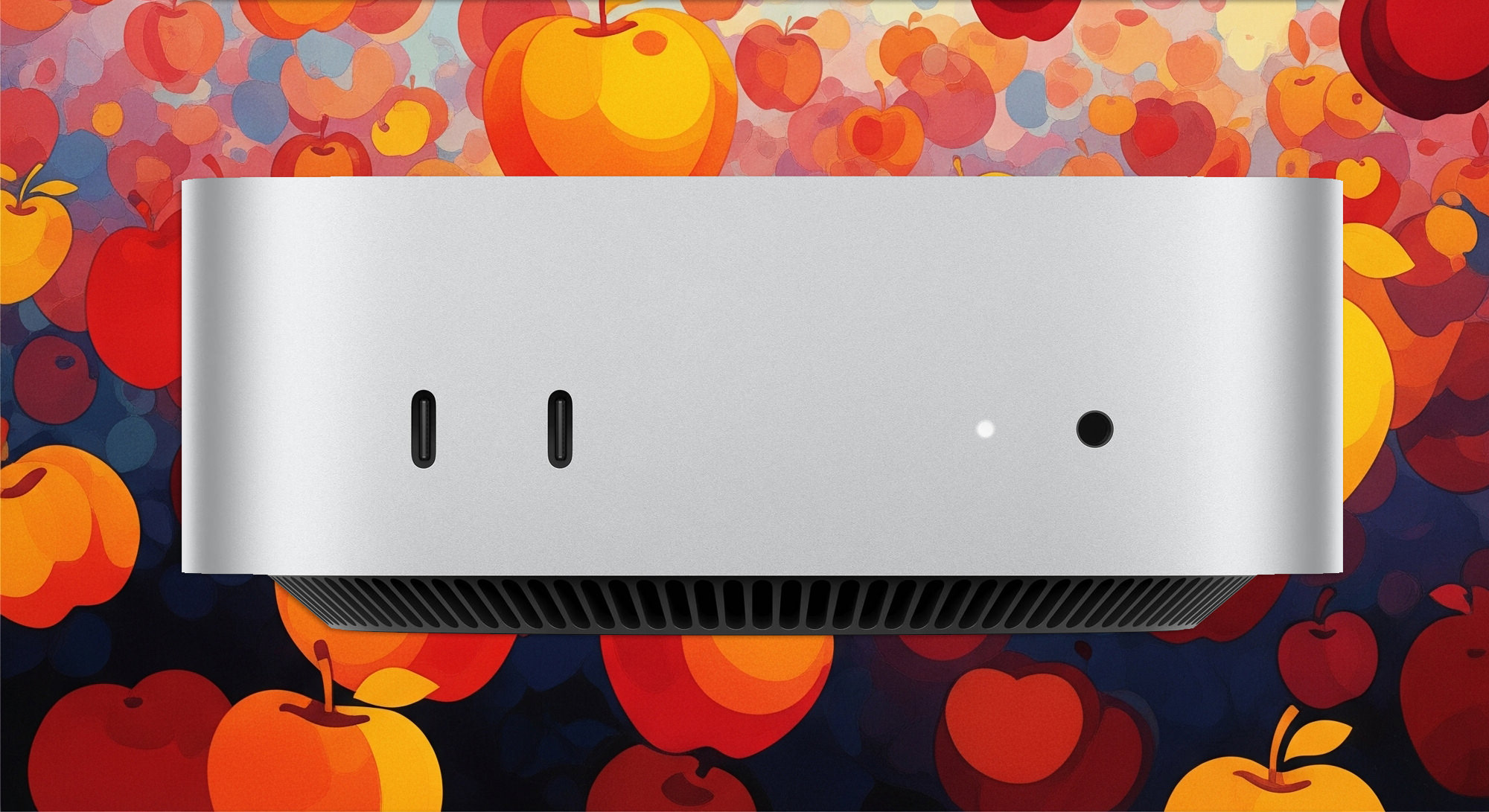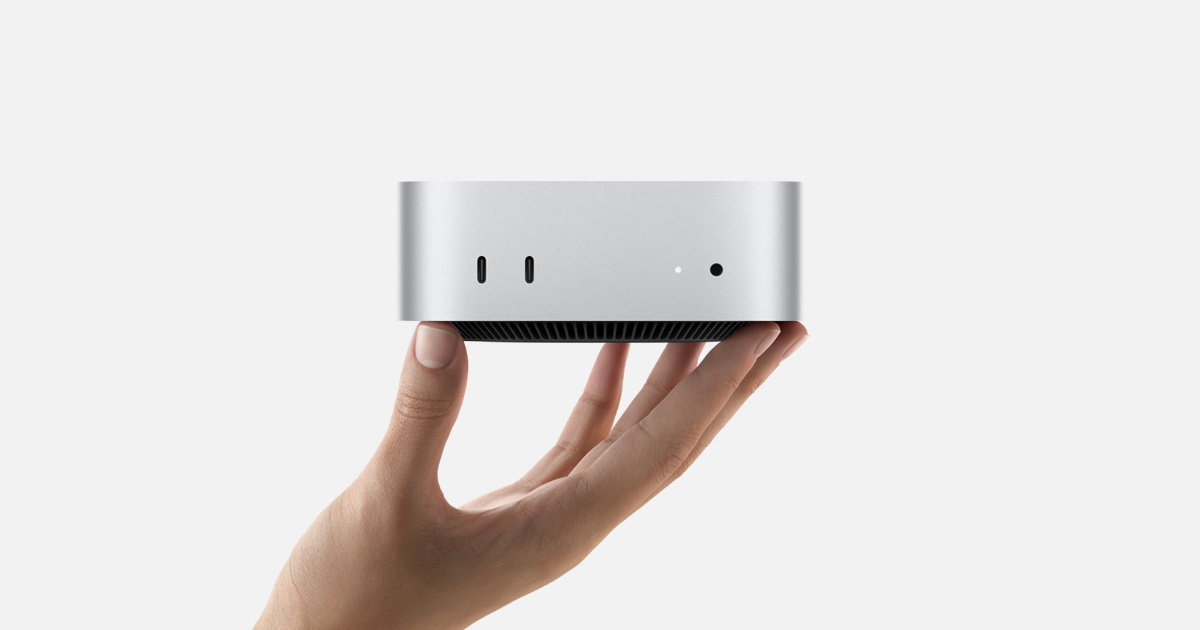
Apple’s Mac Mini is one of the smaller all-in-one computers you’ll find on the market. But, if this latest video from YouTuber Quinn Nelson from Snazzy Labs is anything to go by, Apple could manage to shrink the device even further.
Since the M1 Mac Mini was released, Nelson said he’s wanted to tear one down to see what’s inside and determine whether or not it’s possible to further shrink the compact desktop computer. While it’s taken a while to achieve what he set out to do, the ‘Mac Mini Mini’ is alive and well, showing just how much smaller Apple could make future Mac Mini computers if it wanted to. How much smaller? Well, according to Nelson, he was able to shrink the volume of the computer by 72% through the removal of some components and a cleverly-printed 3D enclosure.
As Nelson details in the video, the first step was to take apart the M1 Mac Mini and see what was necessary and what could be removed. After all, it’s been known that Apple’s M1 chipset is much more compact than its previous Intel-based computers, hinting that there might be quite a bit of extra internal real estate, since the M1 Mac Mini uses an effectively identical housing as the Intel models.
After fidgeting around inside and poring over all of the required components, Nelson realized he could save a large amount of space by removing the cooling fan, the power supply unit and rear I/O panel. While the fan does act as an active way to keep the M1 chipset cool, Nelson said he ran some benchmarks and found out the Mac Mini performs just as well without the fan, which shouldn’t come as too much of a surprise considering Apple’s M1-based MacBook Air eschews the fan to keep its form factor compact. So, he tossed the fan and rear I/O panel and more or less only kept the main board, which has nearly all of the I/O soldered on, as well as the array of various sensors and antennas used for Wi-Fi, Bluetooth and the like.
Nelson's new 'Mac Mini Mini' sitting atop a standard M1 Mac Mini.
For the power supply, which proved to be ‘the elephant in the room,’ Nelson turned to Mike of MikeGuyver computers to come up with a custom solution. Since the original power supply—which was simply carried over from the much more power-intensive Intel processors—was much more powerful than the M1 Mac Mini needs even running full capacity, the pair opted to create a Frankenstein’d external power supply that used a Microsoft Surface power supply that terminated into a MagSafe connector that Apple is once again using in its MacBook Pro lineup. With some clever calculations and soldering, Mike managed to hook up a female MagSafe input onto the Mac Mini Mini’s board and sure enough, the improvised setup worked.
The Phrozen Mega Sonic 8K 3D resin printer at work making the final casing for the 'Mac Mini Mini. '
The final step was to create a custom housing that the more compact internals could fit inside. After many iterations, Nelson determined the best bet would be to create a custom resin 3D-printed enclosure. Unfrotuantely, even the more compact form factor was too large for his Elegoo and Prusa resin printers, so he contacted Phrozen, who sent them its Mega Sonic 8K 3D resin printer, which has a print volume of 33cm (13”) x 18. 5cm (7. 25”) x 40cm (15. 75”). With the CAD file in hand, it was just a matter of selecting the color and making the print. Nelson then used a filament-based 3D printer to make the internals required to hold everything in place and piecde it all together.
The simplified internals fit 'like a glove' inside the new 3D-printed enclosure.
In the end, Nelson ended up with a Mac Mini that was just 28% the volume of the original Mac Mini. Only time will tell how it performs months from now, but the computer seems to boot up fine and run without issue. As for the name, the video calls the shrunken computer the ‘Mac Mini Mini,’ but Nelson says you can ‘Call it whatever you want. ’
. dpreview.com2022-3-3 21:15


 РєРѕРїРёСЏ.jpg)